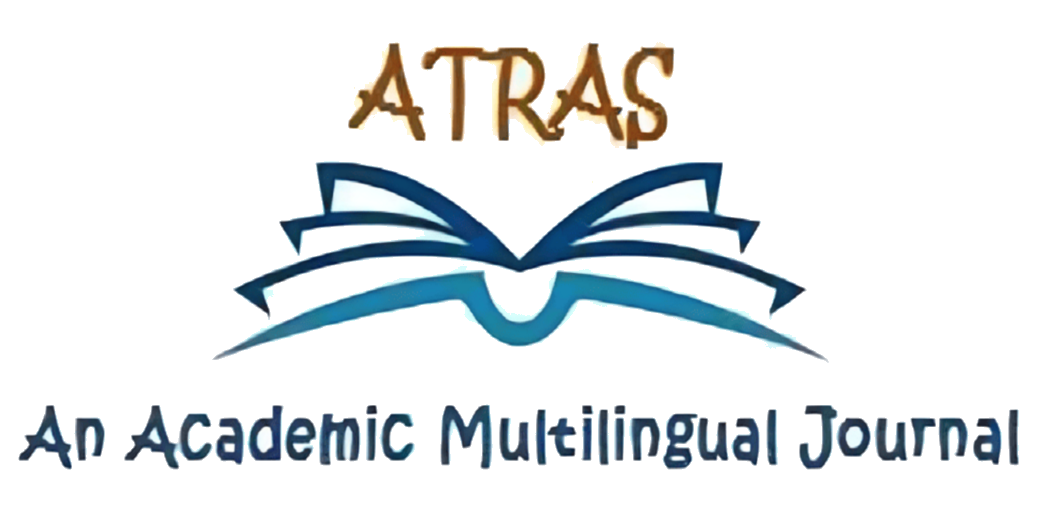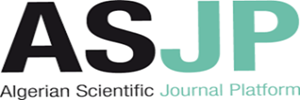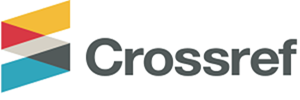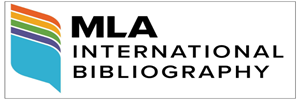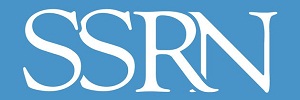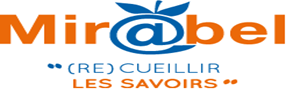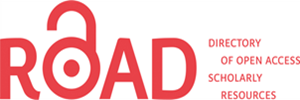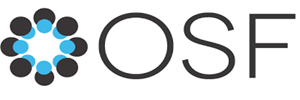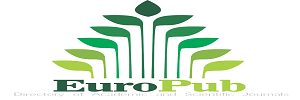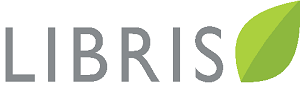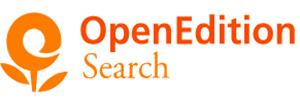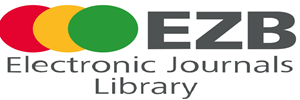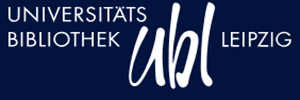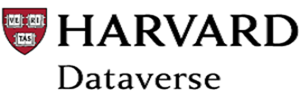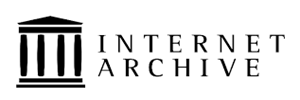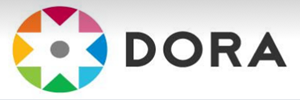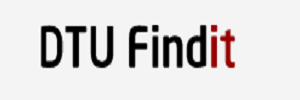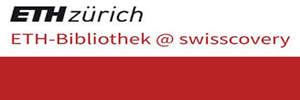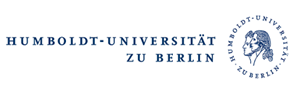Title: A Semiotic Analysis of Nonverbal Linguistic Signals Used on Social Media during the Anglophone Crisis in Cameroon
Victor Fuh Ngonjo
University of Maroua, Faculty of Arts, Letters and Social Sciences,
Department of English Language and Literature (Cameroon)
Andrew Fon Fonki
University of Maroua, Faculty of Arts, Letters and Social Sciences,
Department of English Language and Literature (Cameroon)
Abstract
This paper examines the use of nonverbal signals in online posts during the Anglophone crisis in Cameroon. It has been observed that nonverbal signals such as gestures, facial expressions, eye contact, and body expressions play a greater role in the way human beings communicate, especially during periods of crises. Although nonverbal, this means of communication acts more than verbal. This work, therefore, focuses on nonverbal linguistic features used mostly by women during the Anglophone crisis to call for an end to the ongoing crisis. It should be said that this work is of great relevance in language use in the sense that it shows how people can express their wrath without using any harmful means. This research uses a qualitative research design. The reason is that the researcher collected some pictures that were posted on social media during the period of the crisis (2017-2022). Insight was drawn from Barthes’s (1964) theory of semiotics. The findings indicated that people used “nkeng” (peace plant), branches of trees, boards, colors, black dresses, and facial expressions. In addition, it has also been found that some women were kneeling with their faces facing the ground, bend of the head with two hands on the legs, sitting on the ground in bare feet and the legs stretched out to show that they are overwhelmed by the situation. The researcher suggests that educators or public facilitators should teach the public how to love each other and how to preserve national unity.
Keywords:
Boards, peace plant, pictures, Phoenix, Semiotics analysis
How to Cite this Paper:
Victor Fuh Ngonjo, V. F., & Fonki, A. F. (2023). A Semiotic Analysis of Nonverbal Linguistic Signals Used on Social Media during the Anglophone Crisis in Cameroon. Atras Journal, 4(1), 24-42.
References
Akame, G.J, Crockett, J., & Awutarh, R. B.A. (2021). Baseline research: Education in
crisis in the Anglophone regions of Cameroon. London: Solidarity and Development
Initiative.
A’la, T.F. (2011). A semiotic analysis on the A-Milds advertisement using Roland Barthes’s
Theory, (Unpublished Masters Dissertation). English Letters Department: Jakarta Faculty of Adab and Humanity UIN.
Almucharomah, S. K., Sahayu, W., & Triono, S. (2023). Using semiotic analysis to analyse the purpose of creating covid-19 meme. English Review: Journal of English Education, 11(1), 27-36.
Al-Bahrani, R., Al-Saadi, S.,& Yousif, T. (2016). A detextualised social caricature as a source of plural denotations. Internal Journal of English and Education, 5(1), 76-92.
Annan, N., Beseng, M., Crawford, G.,& Kewir, J. K. (2021). Civil society, peacebuilding from below and shrinking civic space: The case of Cameroon’s ‘Anglophone’ conflict. Conflict,Security & Development, 21(6), 697-725.
Anyogo, C. O. (2018). A semiotic analysis of non-verbal communication among the Igede of
central Nigeria. JOLAN, 21(3), 88-98.
Ascone, L., & Renaut, L. (2019). How conflict is verbalized in counter-narratives to jihadist discourse: A comparative approach to hate speech in Asia and Europe. Paris: University of Paris Diderot.
Bang, H. N. & Balgah, R. A. (2022). The ramification of Cameroon’s Anglophone crisis:
conceptual analysis of a looming complex disaster emergency.’’ International Journal of Humanitarian Action,7(6), 1-25.
Barrach-Yousefi, N. (2018). Social media and conflict in Cameroon: A lexicon of hate speech
terms.US: Institute of Peace.
Barthes, R. (1964). Elements of semiology. New York: HILL and WANG.
Ekah, R. E. (2019). The Anglophone crisis in Cameroon: A geopolitical analysis. European
Scientific Journal, 15 (35), 141- 166.
Chan, J., Ghose, A. & Seamans, R. (2014). The Internet and hate crime: Offline spillovers from Online access. Mis Quarterly 40(2), 381-403.
Crystal, D. (2001). Language and internet. Cambridge: Cambridge University Press.
Crystal, D. (2006). Language and internet (2nd ed.). Cambridge: Cambridge University Press.
Eijansantos, A, M. (2018). Semiotic analysis of the Facebook postings of grade 11 learners via syntax and semantics. Working Papers of the Linguistics Circle of the University of Victoria, 28(1), 47-59.
Goodnow, T. (2006). On black panthers, blue ribbon &peace signs: The function of symbolismin social campaigns. Visual Communication Quarterly, 13(3), 166-179.
Herring, S. ‘2002). Computer mediated communication on the internet. Annual Review of Information Sciences and Technology, 36, 109-169.
Jouve, M. (2000). “Publicité et communication d’entreprise : Théories et pratique.’’ (3rd ed.).
Rome: Breal.
Ketzmerick, M. (2023). The Anglophone crisis in Cameroon: Local conflict, global competition, and transnational rebel governance. Small Wars & Insurgencies, 34(1), 247-278.
Konings, P., & Nyamjoh, F. B. (1997). The Anglophone problem in Cameroon. The Journal of Modern African Studies, 32(2), 207-229.
Kweitsu, R., & Besong, B. M. (2019). Hate speech and violent conflict in Cameroon. Yaoundé: Local Youth Corner Cameroon.
Madakam, S. & Tripathi, S. (2021). Social Media NetWorking: Applications, technologies, theories. Journal of Information Systems and Technology Management-Jistem USP, 18,1-19.
Mikhaeil, C., A. & Baskerville, R. L. (2019). Using Semiotics to Analyze Representational
Complexity in Social Media
Mirsarrat, M., Shairi, H., & Ahmadpanah, A. (2017). Social semiotic aspects of instagram social Network. In proceedings ton International Conference on Innovations in Intelligent Systems and Applications (INISTA)(pp.1-7). Iran: Tarbiat Modares University.
Naif, M. W. (2020). A cognitive linguistics study of Iraqi and Malaysian English tourism brochures, (Unpublished Master Dissertation). The University of Baghdad .
Ngange, K. L., & Mokondo, M. S. (2019). Understanding social media’s role in prorogating falsehood in conflict situation: Case of the Cameroon Anglophone crisis. Studies in mediaand Communication, 7(2), 55-67.
Nganji, T. J., & Cockburn, L. (2019). Use of twitter in the Cameroon Anglophone crisis. Behaviour & Information Technology, 39(3), 267-287.
Ngouo. H. R. (2020). Polarized Facebook discourse on Anglophone nationalism in Cameroon.Studies in Pragmatics and Discourse Analysis, 1(1), 58-76.
Nouhou, P. Z. (2022). Language and peace on WhatsApp and Facebook messages on the Anglophone crisis in Cameroon. International Journal of Linguistics and Translation Studies,3(4), 26-41.
Nounkeu, C.T. (2020). Facebook and fake news in the ‘Anglophone Crisis’ in Cameroon.
African Journalism Studies, 41(3), 20-35.
Saussure, D. F. (1915). Course in general linguistics(2nd ed.). New York: Hill Book Company.
Sawalda, D. M. (2020). The use of online hate speech: A pragmatic perspective of the case of someCameroonian diaspora activists,(Unpublished Masters Dissertation). Faculty of Arts, Letters and Social Sciences, University of Maroua.
Tabe, C. A. (2011). A study of e-mail messages in Cameroon English,(Unpublished Ph.D. thesis) The University of Yaounde I, Cameroon.
Tabe, C. A. (2012). Discourse features in Cameroon internet relay chat (IRC). KALIAO, 4 (8), 219-230.
Tabe, C. A. (2013). E-sentence in Cameroon Internet Relay Chat (IRC). In J. P. Kouega & A. A. Ayuk (Eds.), Globalisation and the frontiers of ethics: Critical essays on language and literature. Yaounde: Les Grandes Editions, 39- 57.
Tabe, C.A. (2018). E-morphology in Cameroon social media. US-China Foreign Language, 16(1), 1-24.
Tabe, C. A., & Fieze, N. I. (2018). A critical discourse analysis of newspaper headlines on the
Anglophone crisis in Cameroon. British Journal of English Linguistics, 6(3), 64-83.
Tabe, C.A. & Nouhou, P.Z. (2021). The changing patterns of English spelling in Cameroon
social media. Clarep Journal of English and Linguistics,3(2021), 21-45.
Tawanda, C. & Mbwirire, J. (2020). The role of media in peacebuilding: A case study of both public and private media in Harare, Zimbabwe. International Journal of Humanities, Artand Social Studies (IJHAS), 5(3), 1-14.
Tchouape, O. R. S. (2019). The study of Anglophone crisis related to metaphors in some selected Cameroonian newspapers. (Unpublished Master Dissertation). FALSS, University of Maroua.
Turnip, L. N. S., Wulan, R. R., & Malau. R. M. U. (2016). Babystagram phenomenon among Indonesia celebrities Instagram accounts: Semiotic analysis on photographs a babystagram account.In Proceeding of the 3rdconference on communication, culture and media studies(pp. 167-171). Yogyakarta: Indonesia.
Yakin, H. S. M., & Totu, A. (2014). The Semiotic Perspectives of Peirce and Saussure: A Brief Comparative Study. Procedia – Social and Behavioral Sciences, 155, 4-8.

Copyright for all articles published in ATRAS belongs to the author. The authors also grant permission to the publisher to publish, reproduce, distribute, and transmit the articles. ATRAS publishes accepted papers under the Creative Commons Attribution-NonCommercial 4.0 International (CC BY-NC 4.0) License. Authors submitting papers for publication in ATRAS agree to apply the CC BY-NC 4.0 license to their work. For non-commercial purposes, anyone may copy, redistribute material, remix, transform, and construct material in any media or format, provided that the terms of the license are observed and the original source is properly cited.
